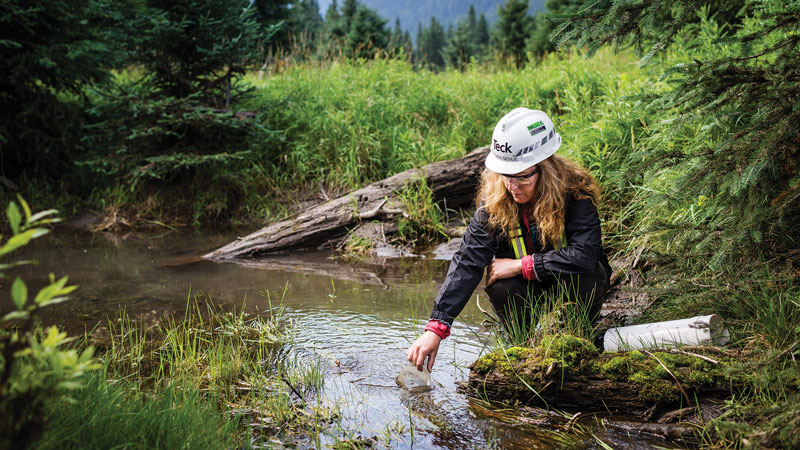Selenium is a naturally occurring element essential to humans and animals. However, when present in increased concentrations – which can happen through coal mining when selenium is released from waste rock – it can impact ecosystems.
Water quality monitoring in the Elk and McLeod rivers near our coal mines in southeastern British Columbia and west-central Alberta detected increased selenium concentrations downstream from our operations. This is a key management concern due to the potential for elevated selenium concentrations to cause population-level effects on fish and wildlife.
In addition, increasing societal and regulatory pressure highlighted the importance of selenium management to our communities of interest. To address this issue, we commissioned an independent panel of world-class experts to help forge a strategic plan for the sustainable management of selenium at our coal operations. Led by risk assessment expert and aquatic toxicologist Dr. Stella Swanson, the Strategic Advisory Panel on Selenium Management was formed in January 2010. The panel visited our coal mines, met with employees, and held extensive one-on-one meetings and workshops with First Nations, regulators, local government and community representatives.
"Our overarching strategy was to adopt objectives for selenium management consistent with the goals and ambitions of our communities of interest for watershed protection, social well-being and a healthy economy,” said Dr. Robin Johnstone, General Manager, Environmental Affairs, Teck Coal.
After six months of engaging with communities of interest, the panel released its report, which contained key recommendations designed to assist us in the management of selenium at our coal operations. The adoption of these recommendations is in progress and immediate actions aimed to reduce selenium loadings within three years are also underway. These include: testing and planning for construction of a full-scale active water treatment facility at West Line Creek; constructing a large water diversion at Fording River Operation’s Kilmarnock Creek; redesigning the next phase of our Line Creek Operation to incorporate selenium management options; an analysis of selenium management options at all coal operations; and overhauling our monitoring, research and development programs to help demonstrate success and identify areas and methods for improving selenium management.
“It is our responsibility to implement effective and sustainable measures aimed at managing selenium over the long term while reducing observed trends as quickly as possible,” said Dr. Johnstone.
This case study was originally published in our 2010 Sustainability Report.

